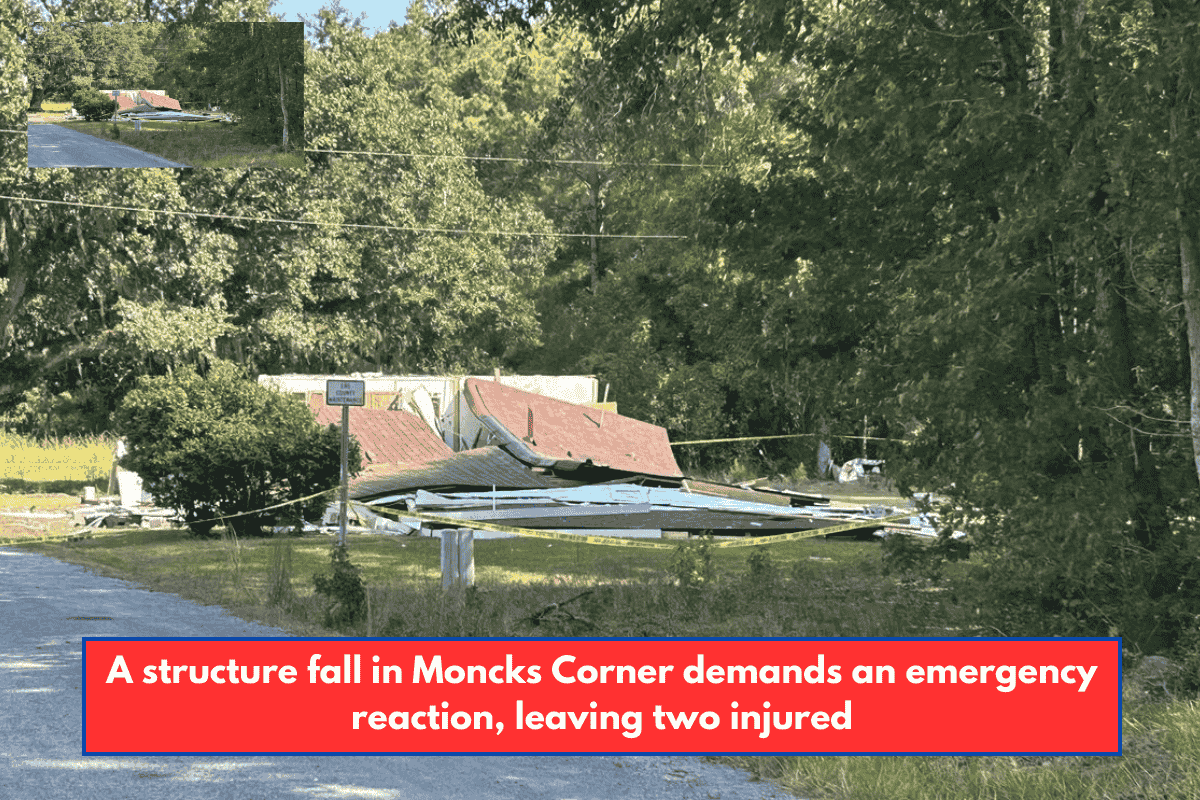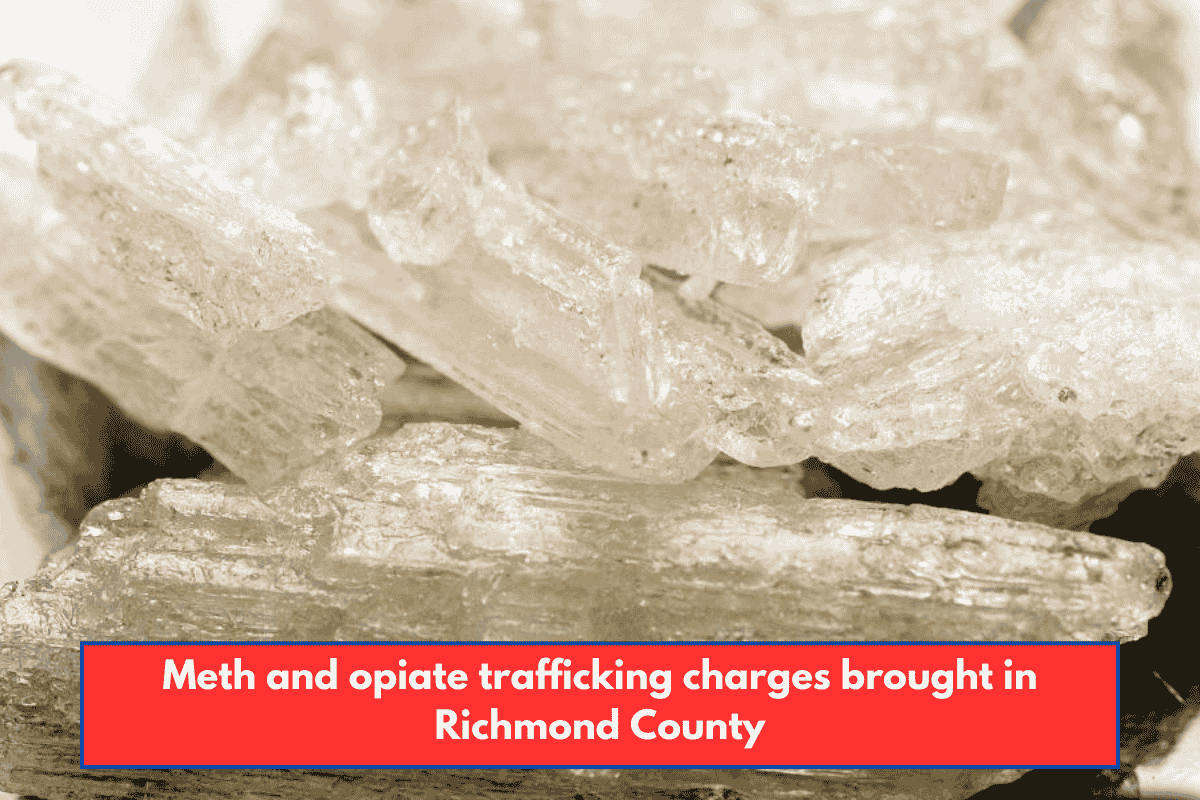On Friday, Humberto became a major Category 3 hurricane in the Atlantic Ocean, with winds exceeding 115 miles per hour.
The storm is expected to remain intense until at least Tuesday, when it will approach the mid-Atlantic states, including Virginia and the Carolinas.
On Friday afternoon, the hurricane was approximately 430 miles northeast of the northern Leeward Islands. According to the National Hurricane Center in Miami, as the storm moves toward the Virgin Islands, Puerto Rico, and Bermuda over the weekend, coastal residents may encounter rip currents and life-threatening surf.
Meanwhile, The Associated Press reported that a tropical storm warning had been issued for the Central Bahamas in connection with Potential Tropical Cyclone 9. Forecasters said the tropical disturbance was centered about 55 miles north-northwest of Cuba’s eastern tip. It had maximum winds of 35 mph. A tropical storm watch was issued for parts of the northwest Bahamas.
According to the hurricane center, the potential cyclone will most likely become a tropical depression on Saturday, with Imelda as the next name in the alphabet. By Sunday, it might be a tropical storm. According to the forecast, the system will approach the Southeast United States this weekend and early next week.
South Carolina Gov. Henry McMaster declared a state of emergency for the storm on Friday evening, saying that while there was uncertainty, the state needed to prepare. The declaration authorizes state emergency officials to begin coordinating with local and federal governments and ensures that people will be eligible for federal assistance.
Earlier in the day, crews in Charleston, South Carolina, were assembling sandbags, inspecting high-water vehicles, and preparing pumps to remove floodwater from the city.
“Even though this has not yet formed, we are treating it as if we anticipate some sort of impact. That is critical. “We don’t want to downplay the situation,” Chief Fire Marshal Michael Julazadeh said during an emergency Charleston City Council meeting.
The tropical disturbance had already brought heavy rains to the Dominican Republic on Friday, prompting authorities to evacuate hundreds of people and issue a red alert in five provinces. Flooding of rivers, streams, and ravines cut off dozens of communities due to landslides and fallen bridges, including one in Yamasá that collapsed while a truck was crossing and killed the driver.
Flooding in the southwestern province of Azua, one of the areas most affected by the rains, displaced at least 774 people, with 26 being sheltered as a result of the Tábara River overflowing, Civil Defense spokesman Jensen Sánchez told the Associated Press.
On Thursday, the Federal Emergency Management Agency urged residents of coastal areas in the Southeast United States to pay attention as the weather system develops, stating that its staff “is ready to respond swiftly, if needed.”
In the eastern Atlantic, the center of post-tropical cyclone Gabrielle has moved away from the Azores. A hurricane warning for the entire Portuguese archipelago was lifted. On Friday afternoon, the storm was approximately 245 miles east-northeast of Lajes Air Base in the Azores. The hurricane center has stopped issuing warnings for the system.
Some strengthening was predicted through Friday night, with weakening over the weekend, and Gabrielle was expected to approach Portugal’s coast by early Sunday. Swells that could cause life-threatening surf and rip currents were expected to hit Portugal, northwest Spain, and northern Morocco on Saturday.
Hurricane Narda was churning in the Pacific Ocean, about 920 miles west-southwest of Baja California’s southern tip, and moving west-northwest at 13 mph. The Category 1 storm was expected to remain strong on Friday before weakening over the weekend.
Forecasters said Narda-generated swells were affecting coastal Mexico and Baja California Sur. Swells that could cause life-threatening surf and rip current conditions were expected to hit southern California this weekend.













